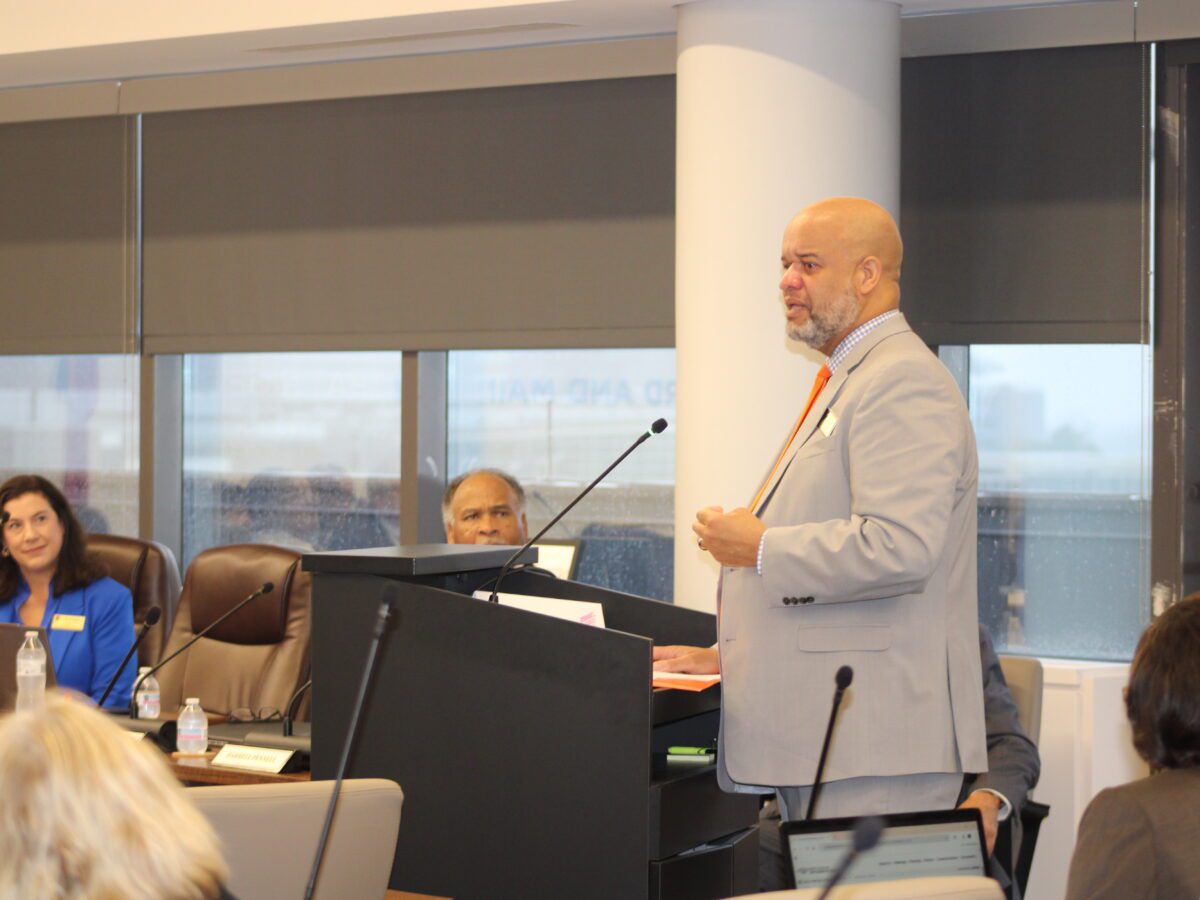
|
|
In their monthly convening last week, the State Board of Education approved the final draft of the Department of Public Instruction’s (DPI) 37-page, five-year strategic plan, titled “Achieving Educational Excellence.”
The plan is meant to communicate the shared vision of the Board and state Superintendent Maurice “Mo” Green.
Green anticipates that the plan will be a “living framework,” meaning that DPI can make changes based on the needs of North Carolina’s public schools.
“Excellence is not a fixed destination, but a continuous journey. Accordingly, this plan is designed to evolve through a continuous improvement process that strengthens and refines our efforts over time,” the plan’s document says.
Sign up for the EdDaily to start each weekday with the top education news.
The plan identifies three main components high academic achievement, character development, and making North Carolina public schools the best in the United States of America.
Key goals by 2030 were identified to help DPI measure if the state’s public schools are collectively the best in the nation:
- 92% four-year graduation rate (currently 86.9%),
- ACT composite score of 20 (currently 18.5),
- 30% AP participation among 10th-12th graders (currently 21.5%),
- 41% Career Technical Education (CTE) participation among all K-12 students (currently 36.1%),
- 89% of school-aged children enrolled in public schools,
- Lead the Southeast in educator compensation, and
- National leadership in National Association for Educational Preparedness (NAEP) reading and math scores.
To reach these goals, the plan outlines action items that fall under eight pillars:
- Prepare Each Student for Their Next Phase in Life
- Revere Public School Educators
- Enhance Parent, Caregiver, and Community Support
- Ensure Healthy, Safe, and Secure Learning Environments
- Optimize Operational Excellence
- Lead Transformative Change
- Celebrate the Excellence in Public Education
- Galvanize Champions to Fully invest in and Support Public Education
In terms of tracking the plan’s progress, each pillar defines measures, or expected outcomes, of its actions. Target goals and dates will be set by early 2026, using the data from the 2024-25 school year data as a benchmark. Actions in the plan are listed with potential start dates. More than 100 actions are listed in the plan across all eight of its pillars.
While the plan names exact scores and rates that the department wants to achieve by 2030, those are subject to change due to the fact that national averages may fluctuate.
DPI says in the plan that it will establish an Office of Strategic Planning tasked with overseeing the execution and evolution of the plan. The office will assign staff, who they will refer to as “business owners,” to implement each of the plan’s actions. The business owners will then head project teams to execute actions by the proposed launch date.
The department will also form a Strategic Plan Monitoring and Accountability Committee to be composed of senior leaders from across DPI who will oversee the project teams. They will also deliver quarterly progress reports to help keep the department accountable.
Rachel Candaso, 2025 Burroughs Wellcome Fund Teacher of the Year and new Board advisor, said that the pillar to “Optimize Operational Excellence” resonated with the needs of her home district, Pitt County Schools.
Board advisor Freddie Williamson, who was named 2025 A. Craig Phillips North Carolina Superintendent of the Year, also praised the plan for its “emphasis on readiness” of students entering the post-grad phase of life.
Meet the new State Board of Education advisors
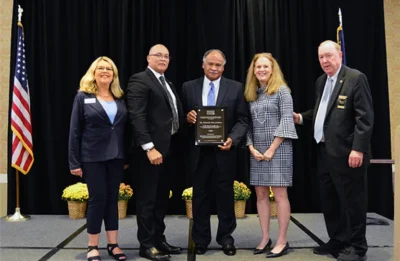

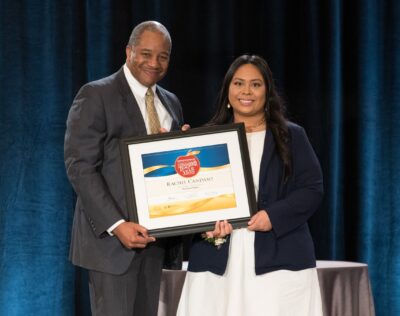
Board member Olivia Oxendine suggested having more specific information around when work for each project will begin and subsequent launch dates.
Green responded by saying that the launch dates were an accountability measure. However, timelines are subject to change due to where finances and policy stand once the work begins.
The full details of each pillar and their respective measures and actions are now publicly available. DPI will be hosting a launch event to engage with stakeholders and the general public on Aug. 20 at Neuse River Middle School in Raleigh.
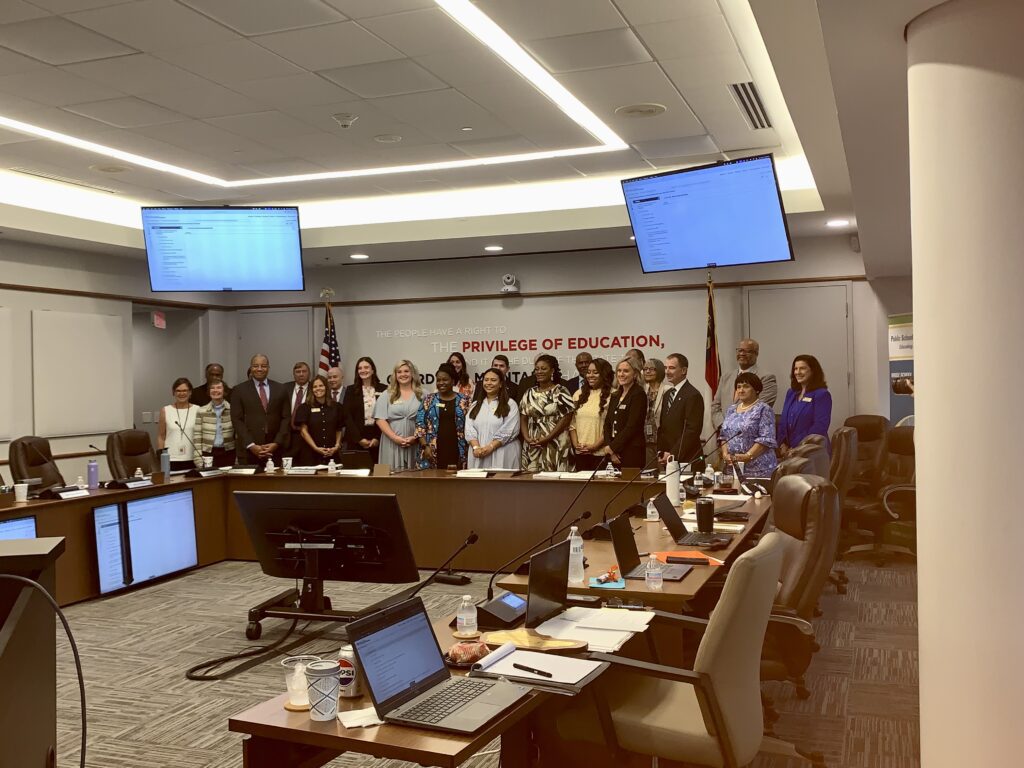

Accountability for Educator Preparation programs, NIL, Smart Buses, and other updates
- The Board welcomed three new advisors for the 2025-26 school year: Candaso, Williamson, and Jason Johnson, the 2025 Principal of the Year.
- The board recognized the Principal of the Year and Teacher of the Year cohorts.
- The Board heard a presentation for a proposed Educator Preparation Program accountability model. The current plan in place was established in August 2020. After gathering feedback on their recommendation between February and June of this year, the Professional Educator Preparation and Standards Commission presented an updated proposal for action from the Board. The model prioritizes continuous improvement and includes more measures of progress compared to the model that is in law currently.
- DPI reported that 17 high school athletes have been able to attain up to $1.2 million in NIL contracts in the 2024-25 school year. Details of the report can be found in their presentation.
- Nearly 63,000 high school seniors have been directly admitted to college through the NC College Connect Program. The program is designed to make the college enrollment process easier. More information on program eligibility can be found here.
- According to DPI’s report, most public school units were excited to upgrade their school buses by way of the Smart School Bus Safety pilot program. Many concerns related to the program revolved around the initial installation of the technology and the cost to maintain it over time.
- The Board approved the selected grantees for the Career and Technical Education Grade Expansion program. Details were provided by the Education and Workforce Innovation Commission.
- The Board approved a temporary rule to change the qualifications of school nurses to two years of experience and to not require a four-year degree. This complies with the most recent legislation.
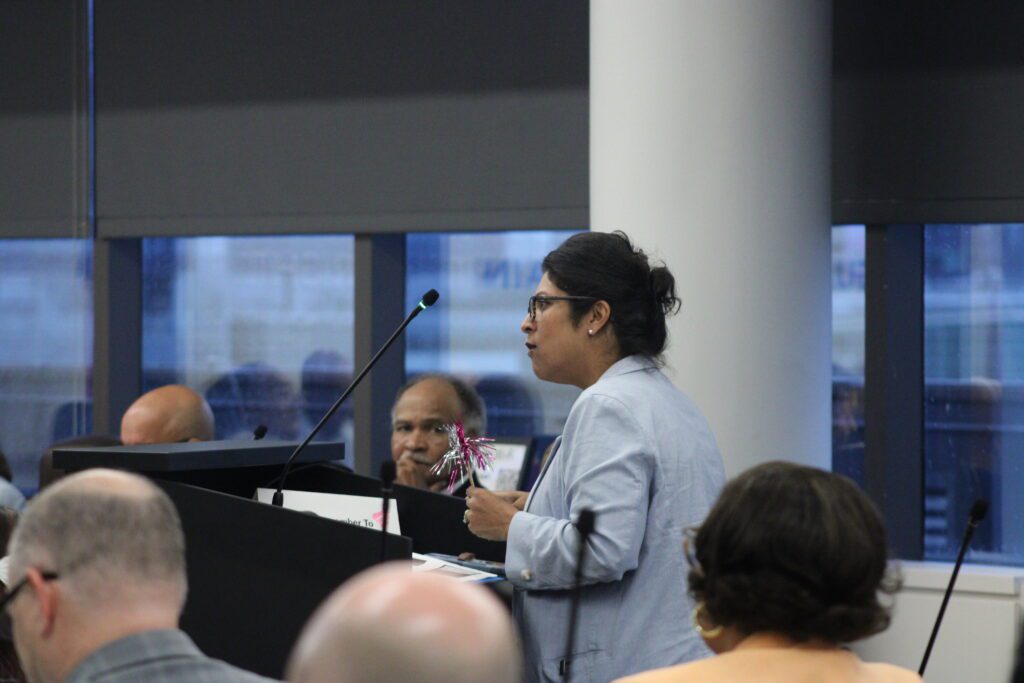
The Board will next convene on Sept. 3 for its regularly scheduled monthly meetings.
Recommended reading




